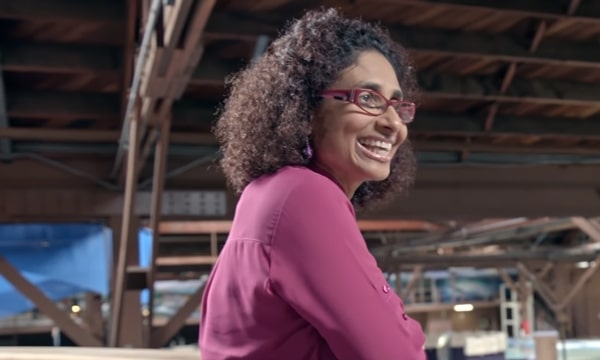
Recently, I had the privilege to join forces with UC Berkeley professor, Inez Fung, and comedian/actress Aparna Nancherla, to experiment with what the world may be like if global warming progresses.
For the very first time in our history, we can collect incredible amounts of data at scale. Modern data infrastructure enables the documentation and recording of billions of species, especially the species that were never before documented or recorded, that are disappearing right now. Data science enables us to have an amazing ability to collect, analyze, predict and slow down the speed of extinction.
In the video, we discuss building machine learning models for predictive analytics around what we can see. We can measure the rise in sea levels, and now have the ability to capture all kinds of new data related and relevant to many climate issues. With Aparna’s help, we explore what life will be like in the everyday sense for everyone.
Using brand-new access and capture mechanisms of data, we can analyze data, derive predictions, observe the actual results in comparison to the predictions, and recalibrate ourselves to take actions and necessary steps towards slowing down the process and the speed of occurrence.

We can also use machine learning models to establish strong co-relations and inter-connections. For example, there is a strong co-relation of extremely high temperatures decimating certain types of animals/pests. As a result, generalist species have a greater chance of survival, and create a huge ecosystem imbalance. As a result, there are far-reaching effects on our food, health, safety and even the longevity of our lives.
While sobering, this was a fun and optimistic way for two scientists to explain the small, easy concrete steps each individual can take toward active participation in the reversal of climate change.
With compelling data and our collective actions we can rapidly slow down the process, even as we race toward a 4C world in our lifetime.



